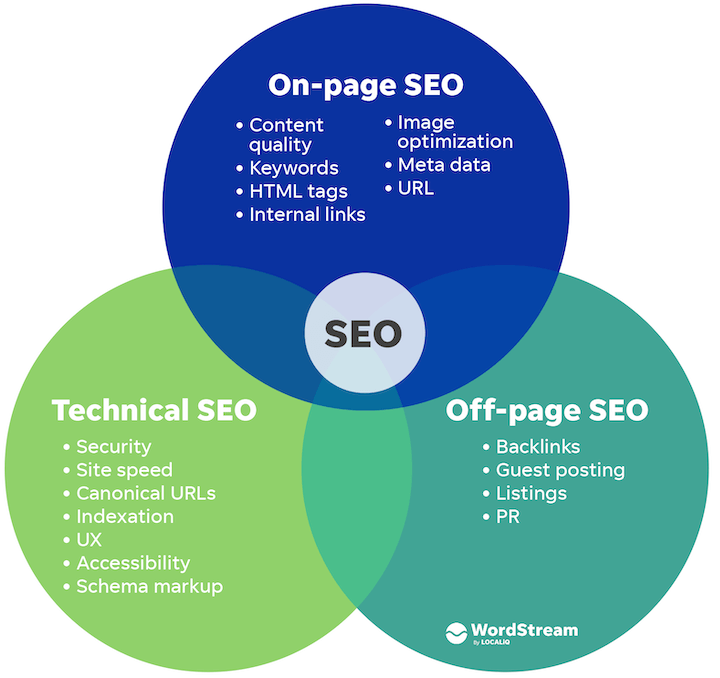Keyword Research
Purpose: Identify the terms and phrases that potential customers use to find products, services, or content related to your business.
Tools: Google Keyword Planner, Ahrefs, SEMrush.
Strategy: Focus on long-tail keywords for specific targeting, and use a mix of high-competition and low-competition keywords.
On-Page SEO
Title Tags: Ensure each page has a unique, descriptive title tag including relevant keywords.
Meta Descriptions: Write compelling meta descriptions to improve click-through rates.
Headings (H1, H2, H3): Use headings to structure your content and include keywords where appropriate.
URL Structure: Create clean, descriptive URLs that include keywords.
Content Quality: Develop high-quality, original content that provides value to users. Content should be relevant, engaging, and updated regularly.
Internal Linking: Use internal links to connect related content on your site, improving navigation and the spread of link equity.
Key Features and Functionality
Product Catalog: Display products with detailed descriptions, high-quality images, and prices.
Shopping Cart and Checkout: Provide a seamless shopping cart experience and a secure, easy-to-navigate checkout process.
Payment Gateways: Integrate multiple payment options like credit cards, PayPal, and other local payment methods.
Shipping and Tax: Implement shipping options and tax calculations based on customer location.
User Accounts: Allow customers to create accounts for easier future purchases and order tracking.
Customer Support: Offer support through live chat, email, or phone.
Technical SEO
Site Speed: Optimize website loading times to improve user experience and search rankings.
Mobile-Friendliness: Ensure your website is responsive and provides a good user experience on mobile devices.
XML Sitemaps: Create and submit XML sitemaps to search engines to help them crawl and index your site more effectively.
Robots.txt: Use the robots.txt file to manage which parts of your site are crawled by search engines.
Secure Sockets Layer (SSL): Implement HTTPS to ensure your site is secure, as search engines prioritize secure websites.
Off-Page SEO
Backlinks: Acquire high-quality backlinks from reputable websites to increase your site’s authority.
Social Signals: Utilize social media platforms to share your content and engage with your audience, driving traffic and potential backlinks.
Guest Blogging: Write guest posts for reputable blogs in your industry to gain exposure and backlinks.



















